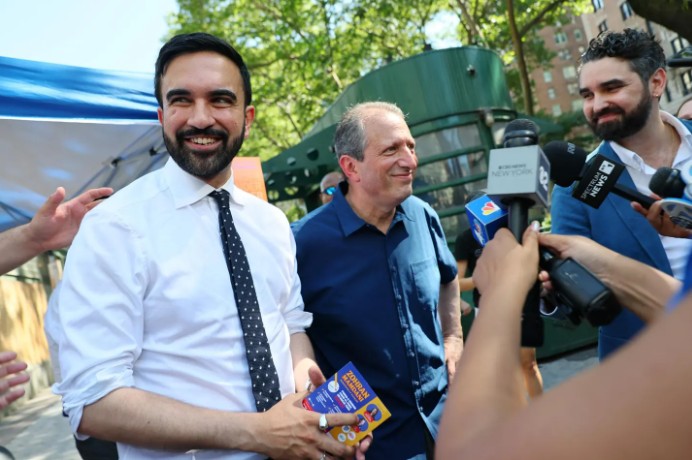Published by Forbes.com | June 27, 2025
Zohran Mamdani won over New York City voters by promising to make the city more affordable with a rent freeze and free services funded in part with an added tax on the rich.
What would be the real result of a new millionaire tax in New York City?
Ackman’s post, which has garnered more than four million views, was a direct response to Mamdani’s surprise Democratic primary win in the Big Apple. The 33-year-old Democrat garnered 44% of the vote running on a progressive agenda focused on making life in New York City more affordable.
Mamdani’s Millionaire Tax Plan
Funding that agenda will take money—and Mamdani has a plan to raise revenues without tapping the middle class. In addition to bumping up the corporate tax, Mamdani has proposed a 2% tax on what his campaign calls “the wealthiest 1% of New Yorkers—those earning above $1 million annually.” His platform estimates this “millionaire tax” will raise $4 billion annually to help fund projects like universal free early childcare, free bus rides and more affordable housing.
The numbers, Mamdani says, mean that the tax would impact about 34,000 households. “This tiny share of the city population,” he says on his website, “takes home 35 percent of all income earned by New York City residents.”
That same 1%, he explains, also benefited from a tax cut under President Trump’s 2017 Tax Cuts and Jobs Act (TCJA) which cut the top marginal rate from 39.6% to 37%. (It’s worth noting that the TCJA reduced the rates in almost all brackets, from 10%, 15%, 25%, 28%, 33%, 35%, and 39.6% to 10%, 12%, 22%, 24%, 32%, 35%, and 37%, respectively.)
The proposed surtax—the 2% extra tax rate would only apply to earnings over $1 million—would, Mamdani suggests, make New York’s tax more progressive.
The federal income tax system, he points out, is progressive. With a progressive tax, rates go up as income increases, but everyone pays the same rate for the same income. That means that you pay the same 10% as every other person until you hit the top of the bracket—then you pay 15% on that income until you hit the top of that bracket, and so on.
New York state has a similar system, with rates ranging from 4% to 10.9% for the 2024 tax year.
However, Mamdani claims that the New York City income tax is essentially a flat tax of 3.9%. “Whether you make $50,000 or $5 million,” Mamdani explains on his website, “you pay practically the same tax rate.” That’s true—sort of. New York City’s tax rates start at 3.078% and only climb to 3.876%, a small uptick. In addition, the brackets are somewhat compressed, climbing quickly at lower rates, and then leveling off once taxable income exceeds $50,000. But that still doesn’t qualify as a pure flat tax.
(New York City’s income tax was a flat 2% when it began in 1966.)
Under Mamdani’s plan, the tax would be tacked on at the top, taking an additional 2% of incomes over $1 million, making the tax more progressive.


